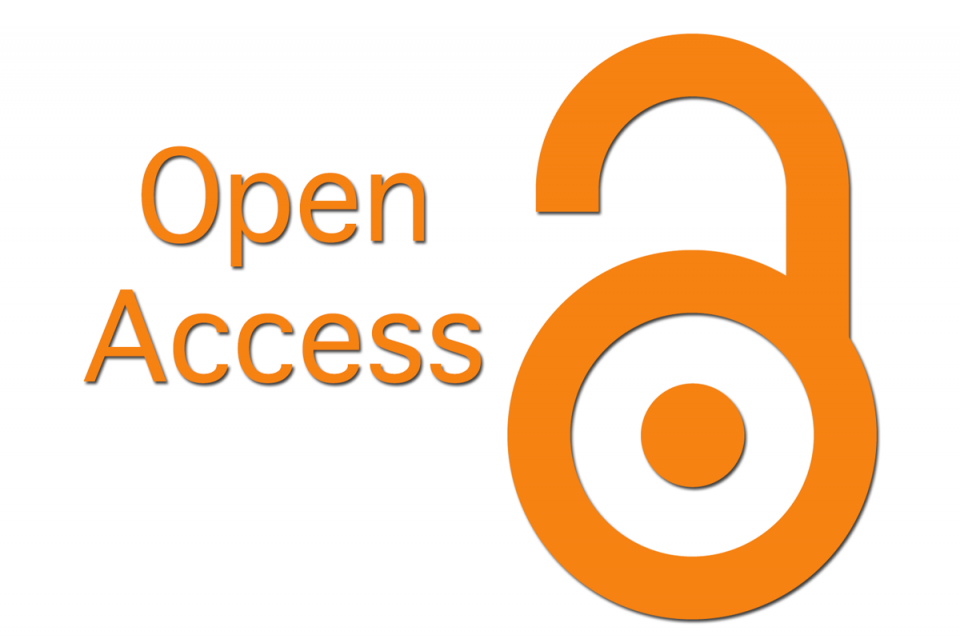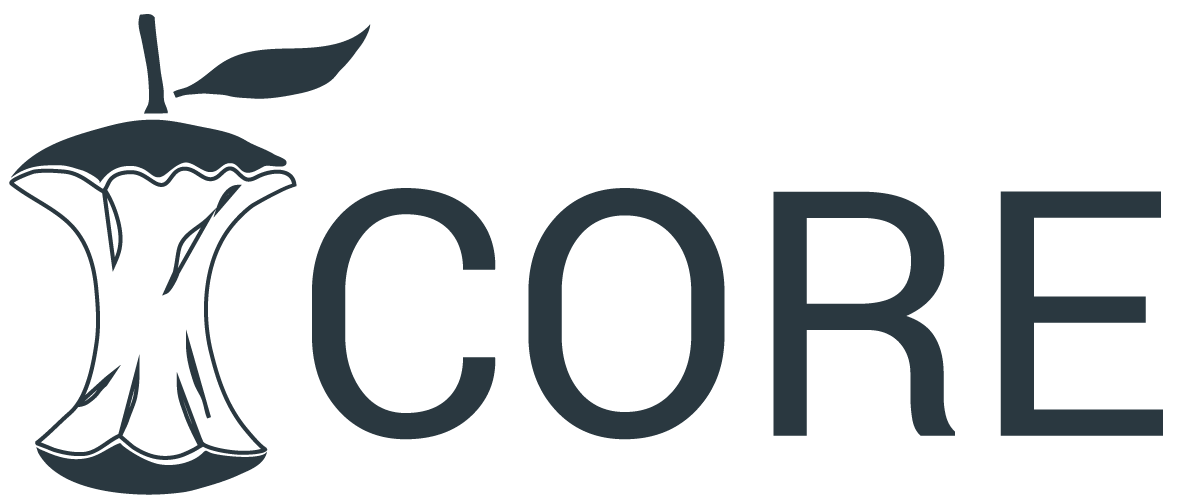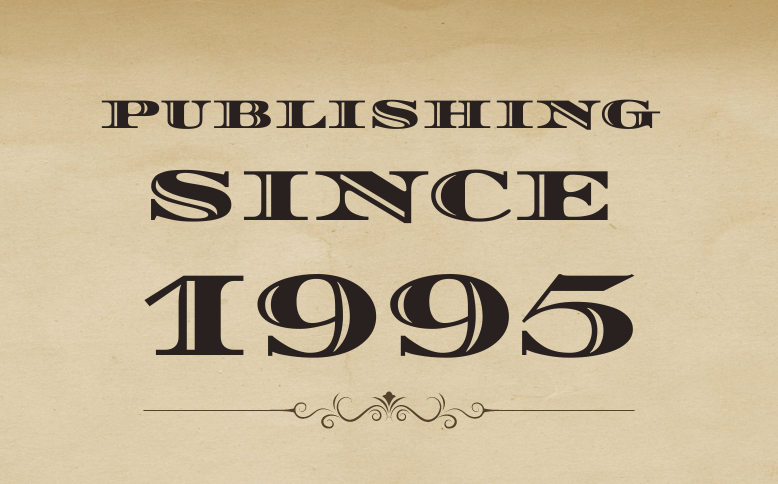Total Quality Management And Hotel Employee Creative Performance: The Mediation Role Of Job Embeddedment
Keywords:
TQM, job embeddedment (JE), creative performance (CP), frontiline hotel employees (FHEs’), hotel sectorAbstract
Underpinned by social exchange and JE theory, this study proposes and tests a research model that investigates the effect of TQM on FHE’screative performance mediating by JE. The data come from FHE’s who work in five star hotels in northern Iraq. The structure equation modelling results revealed that JE is the underlying mechanism through which TQM manifested by the top-management, empowerment, training, reward and teamwork practice, is linked to the FHE’s CP. The empirical data support all hypothesis and research model we have proposed is practical. The results have important implications about FHE’s of TQM practice and aforesaid.
Downloads
References
Ali, B, J. (2021). Impact of consumer animosity, boycott participation, boycott motivation, and product judgment on purchase readiness or aversion of Kurdish consumers in Iraq. Journal of Consumers Affaires; 1–20. https://doi.org/10.1111/joca.12350
Ali, B, J. (2021). Impact of COVID-19 on consumer buying behavior toward online shopping in Iraq. Economic studies journal. 18(42): 267-280. Retrieved from https://www.asjp.cerist.dz/en/article/134070
Ali, B.J. (2021) Assessing (The impact) of advertisement on customer decision making: Evidence from an educational institution. Afak for sciences journal, 6(1): 425-439.
Ali, B.J. (2021) Consumer attitudes towards healthy and organic food in the Kurdistan region of Iraq. Management Science Letters. 11: 1-8. DOI: 10.5267/j.msl.2021.2.015
Andavar, V., Ali, B.J., and Ali, S.A. (2020) Rainwater for Water Scarcity Management: An Experience of Woldia University (Ethiopia). Journal of Business, Economics and Environmental Studies, 10-(4): 29-34. DOI: 10.13106/jbees.2020.vol10.no4.29
Arunachalam, T., & Palanichamy, Y. (2017). Does the soft aspects of TQM influence job satisfaction and commitment? An empirical analysis. The TQM Journal, 29(2), 385-402.
Bergiel, E. B., Nguyen, V. Q., Clenney, B., & Stephen Taylor, G. (2009). Human resource practices, job embeddedness and intention to quit. Management Research News, 32(3), 205-219.
Bouranta, N., Psomas, E. L, E., & Pantouvakis, A. (2017). Identifying the critical determinants of TQM and their impact on company performance: Evidence from the hotel industry of Greece. The TQM Journal, 29(1), 147-166
Claver-Cortés, E., Pereira-Moliner, J., José Tarí, J., & Molina-Azorín, J. (2008). TQM, managerial factors and performance in the Spanish hotel industry. Industrial Management & Data Systems, 108(2), 228-244.
Cropanzano, R., & Mitchell, M. S. (2005). Social exchange theory: An interdisciplinary review. Journal of management, 31(6), 874-900.
Demir, A., Maroof, L., Sabbah Khan, N.U. and Ali, B.J. (2020), "The role of E- service quality in shaping online meeting platforms: a case study from higher education sector", Journal of Applied Research in Higher Education. https://doi.org/10.1108/JARHE-08-2020-0253
Eriksson, H., & Hansson, J. (2003). The impact of TQM on financial performance.
Measuring business excellence, 7(1), 36-50.
Faeq, D.K., Abdulla, D.F., Sadq, Z.M. (2021). Role of Servant Leadership in Achieving and Developing Employee‘s Career Satisfaction and Intention to Remain with the Organization. Ecoforum Journal. 10(1): 1-6
Faeq, D.K., Ismail, Z.N., & Sadq, Z.M. (2020) The Role of Body Language on Achieving Customer Satisfaction (An empirical study of consumers' perspectives of electronic devices in the commercial centers of Sulaymaniyah Governorate - Kurdistan Region / Iraq), , International Journal on Humanities and Social Sciences, (16): 117-129. DOI: 10.33193/IJoHSS.16.2020.150.
Forrester, R. (2000). Empowerment: Rejuvenating a potent idea. The Academy of Management Executive, 14(3), 67-80.
Harris, K. J., Wheeler, A., & Kacmar, K. (2011). The mediating role of organizational job embeddedness in the LMX–outcomes relationships. The Leadership Quarterly, 22(2), 271-281.
Hendricks, K. B., & Singhal, V. (2001). Firm characteristics, total quality management, and financial performance. Journal of operations management, 19(3), 269- 285.
Hon, A. H. (2012). Shaping environments conductive to creativity: The role of intrinsic motivation. Cornell Hospitality Quarterly, 53(1), 53-64.
Hung, R. Y., Lien, B. Y. H, Yang, B., Wu, C. M.,, & Kuo, Y. M. (2011). Impact of TQM and organizational learning on innovation performance in the high-tech industry. International business review, 20(2), 213-225.
Jaca, C., & Psomas, E. (2015). Total quality management practices and performance outcomes in Spanish service companies. . Total Quality Management & Business Excellence, 26((9-10)), 958-970.
Karatepe, O. M. (2016). Does job embeddedness mediate the effects of coworker and family support on creative performance? An empirical study in the hotel industry. Journal of Human Resources in Hospitality & Tourism, 15(2), 119-132.
Karatepe, O. M., & Karadas, G. (2012). The effect of management commitment to service quality on job embeddedness and performance outcomes. Journal of Business Economics and Management, 13(4), 614-636.
Khan, B. A., & Naeem, H. (2016). Measuring the impact of soft and hard quality practices on service innovation and organisational performance. Total Quality Management & Business Excellence, 1-25.
Marhani, M. A., Jaapar, A, A., & Bari, N. A. A. (2012). Lean Construction: Towards enhancing sustainable construction in Malaysia. Procedia-social and behavioral sciences(68), 87-98.
Mitchell, R. K., Agle, B. R., & Wood, D. J. (1997). Toward a theory of stakeholder identification and salience: Defining the principle of who and what really counts. Academy of management review, 22(4), 853-886.
Omer, S.O., Sadq, Z.M., & Ahmed, S.A. (2017). The Role of Strategic Leadership Practices in Enhancing the Level of Organizational Performance. Zanco Journal of Humanity Sciences, 21(5): 220-238.DOI: 10.21271/zjhs.21.5.14.
Ooi, K. B., Lin, B, Teh, P. L, & Chong, A. Y. L. (2012). Does TQM support innovation performance in Malaysia's manufacturing industry? Journal of Business Economics and Management, 13(2), 366-393.
Othman, B., Khatab, J.J., Esmaeel, E.S., Mustafa, H.A., and Sadq, Z.M. (2020). The Influence of Total Quality Management on Competitive Advantage towards Bank Organizations: Evidence from Erbil/Iraq, International Journal of Psychosocial Rehabilitation, 24(5): 3427- 3439. DOI: 10.37200/I JPR/V24I5/PR202053.
Prajogo, D. I., & Cooper, B. K. (2010). The effect of people-related TQM practices on job satisfaction: a hierarchical model. Production Planning and Control, 21(1), 26-35.
Rahman, S. U., & Bullock, P. (2005). Soft TQM, hard TQM, and organisational performance relationships: an empirical investigation. Omega, 33(1), 73-83.
Rudolph, C. W., Lavigne, K., & Zacher, H. (2017). Career adaptability: A meta- analysis of relationships with measures of adaptivity, adapting responses, and adaptation results. Journal of Vocational Behavior(98), 17-34.
Sadq, Z.M., Ahmad, B.S., Faeq, D.K., & Muhammed, H.O. (2020). The Effect Of Strategic Planning On Entrepreneurship Strategy Requirements, The Case Of Private Hospitals In Iraqi Erbil City, International Journal of Multicultural and Multireligious Understanding, 7(10): 147-164, DOI: 10.18415/ijmmu.v7i10.2134
Samson, D., & Terziovski, M. (1999). The relationship between total quality management practices and operational performance. Journal of operations management, 17(4), 393-409.
Schonberger, R. J. (1994). Human resource management lessons from a decade of total quality management and reengineering. California Management Review, 36(4), 109- 123.
Sila, I., & Ebrahimpour, M. (2003). Examination and comparison of the critical factors of total quality management (TQM) across countries. International journal of production research, 41(2), 235-268.
Vouzas, F., & Psychogios, A. G. (2007). Assessing managers' awareness of TQM.
The TQM Magazine, 19(1), 62-75.
Wali, A.I., Sadq, Z.M. and Rasheed, J.S. (2016). The Role of Strategic Information System Characteristics on Customer Service Quality (An Empirical Study at Soran and Sardam Private Hospitals in Iraqi Kurdistan Region Erbil City). International Journal of Humanities and Cultural Studies. 3(2): 1778-1790.
Wang, C. H., Chen, K., & Chen, S. (2012). Total quality management, market orientation and hotel performance: The moderating effects of external environmental factors. International Journal of Hospitality Management, 31(1), 119-129
Wheeler, A. R., Harris, K., & Harvey, P. (2010). Moderating and mediating the HRM effectiveness—Intent to turnover relationship: The roles of supervisors and job embeddedness. Journal of Managerial Issues, 182-196.
Wilkinson, A., Marchington, M., & Dale, B. (1992). Manufacturing more effective TQM: implications for the management of human resources. Human Resource Management Journa, 2(1), 69-88.
Yao, X., Lee, T., Mitchell, T., Burton, J., & Sablynski, C. (2004). Job embeddedness: Current research and future directions. Understanding employee retention and turnover, 153-187.
Yue, J. W., Ooi, K. B., & Keong, C. C. (2011). The relationship between people- related total quality management (TQM) practices, job satisfaction and turnover intention: A literature review and proposed conceptual model. African Journal of Business Manage, 5(15), 6632
Downloads
Published
How to Cite
Issue
Section
License
You are free to:
- Share — copy and redistribute the material in any medium or format for any purpose, even commercially.
- Adapt — remix, transform, and build upon the material for any purpose, even commercially.
- The licensor cannot revoke these freedoms as long as you follow the license terms.
Under the following terms:
- Attribution — You must give appropriate credit , provide a link to the license, and indicate if changes were made . You may do so in any reasonable manner, but not in any way that suggests the licensor endorses you or your use.
- No additional restrictions — You may not apply legal terms or technological measures that legally restrict others from doing anything the license permits.
Notices:
You do not have to comply with the license for elements of the material in the public domain or where your use is permitted by an applicable exception or limitation .
No warranties are given. The license may not give you all of the permissions necessary for your intended use. For example, other rights such as publicity, privacy, or moral rights may limit how you use the material.









